Class B installs #1, Brookhouse solution
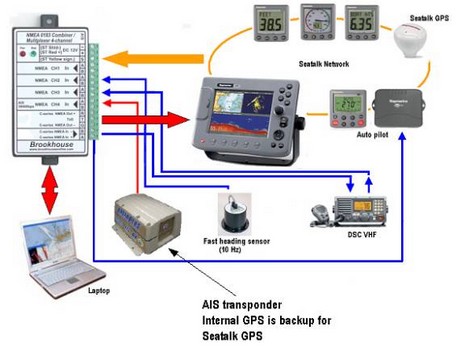
A nice thing about Class B AIS transponders, I think, is that by regulation they include a GPS and thus they deliver “own vessel position” along with AIS target info to whatever displays they feed. But that can present an issue if you’re adding Class B to a system that already has an NMEA 0183 or a SeaTalk GPS attached. Brookhouse seems to have a neat multiplexer solution that makes the new GPS a backup ready to automatically take over if the vessel’s regular GPS fails…
The trick is a Brookhouse multiplexer feature called “NMEA data manipulation”, which is controlled by user uploaded scripts. It’s usually used to filter and translate NMEA sentences, but Brookhouse recently added something called “conditional wipe” which removes GPS data from an AIS input stream only if the primary GPS is producing lat/lon data. And because some Brookhouse multiplexers (like the one below) can handle SeaTalk, this feature can also work with Raymarine’s proprietary GPS sensors.
It could well be that other NMEA 0183 multiplexers—like maybe some Shipmodul or Actisense models—can enable the similar auto redundancy, and of course redundancy and multiplexing are both well supported for NMEA 2000 transponders like the ones from Simrad. And, yes, there really is a Furuno FA50 Class B transponder (commented on here) that has an Ethernet output and built-in Web server. I hope to test it soon, along with some other Class B’s. We’re done to install details!
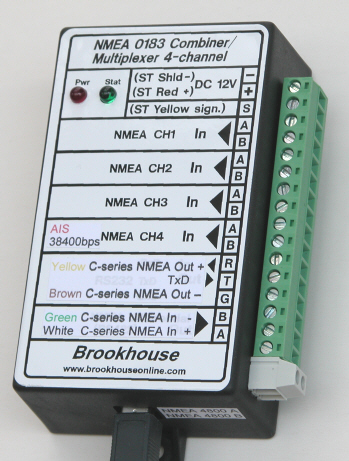



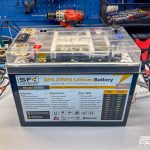
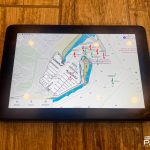
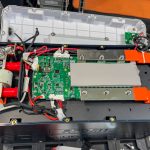







Shipmodule’s Miniplex also does this. He calls it “Priority” mode.
Some valuable comment from an expert:
Note, both AIS Class A and Class B have internal GPS units by design (i.e. per IEC standards). However, currently only the Class B internal GPS must meet IEC 61108 standards for positioning (i.e. accuracy, integrity, reliability, etc.); current Class A’s weren’t designed to meet 61108—the thought being, since they rely upon the ship’s external electronic positioning fixing system for lat/long, COG, and SOG there was not a need to add this additional expense to the unit.
This is a novel product…it’s a shame that they didn’t design it to use the ‘best available’ position rather than arbitrarily assigning the AIS GPS as a back-up. Few if any, recreational GPS’s meet the stringent IEC standards, nor can they be differentially corrected via an AIS message—as both AIS Class A and B’s can. So in most likelihood the AIS GPS will outperform other GPS’s.
I installed a Brookhouse AIS-MUX last winter and have been very happy with it.
The scripting language that Brookhouse uses is very flexible so there is no reason that you can’t make your AIS your primary with your seatalk or other GPS’s as multiple backups. I don’t think there is any way to use the HDPE value to select a GPS source, but I remember a previous conversation here that led me to believe that the HDPE value isn’t very meaningful when comparing different makes of GPS as it is easily manipulated by the GPS maker. My setup which I promise I will detail some time this fall for Ben if he wants it or at least my blog (see link below) uses the Seatalk GPS as primary, with a secondary nmea backup (should seatalk network go down) as well as a third backup in the form of a cable to a handheld GPS.
I installed the Actisense NDC-4 multiplexer a few months ago. It has a similar capability. Very nice product.
Ben, check this site http://www.marinetraffic.com/ais/